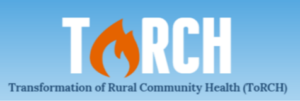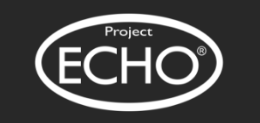June 27, 2024

NRHA Accepting Presentation Proposals – 2025 Annual Conference in Atlanta
The National Rural Health Association (NRHA) is now accepting presentation proposals for the 2025 Annual Rural Health Conference and Rural Hospital Innovation Summit, the nation’s premier events celebrating rural health.
These events are curated for anyone with an interest in rural health care, including:
- Rural health practitioners
- Hospital administrators
- Clinic directors
- Lay health workers
- Social workers
- State and federal health employees
- Academics
- Community members and more
This is an opportunity to share effective models, policies, research and information and provide your colleagues with insights and best practices addressing many of the access, quality and geographic issues confronted by rural communities.
Presentation submission information:
- Submissions must be received no later than August 17, 2024
- Only electronic abstracts will be accepted
- Notification of acceptance will be sent out in late October
- Presentations may not market products r services
- If accepted, presenters must register for the conference
Have Questions? Call Gabriela Boscan at 202 639-0550
Submit a presentation proposal Here








